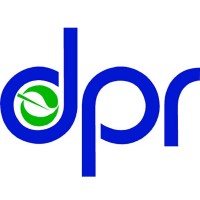Environmental Monitoring
What is Environmental Monitoring?
At the California Department of Pesticide Regulation (DPR), environmental monitoring is part of our continuous evaluation of pesticides after they are registered. We monitor the environment to determine the fate of pesticides, protect the public and the environment from pesticide contamination by analyzing risks and impacts, and develop mitigation measures to reduce potential exposure and risks.
Air
We monitor the ambient air for 40 pesticides and breakdown products. We place additional restrictions on the use of pesticides to mitigate risks identified through continuous evaluation, including air monitoring reports.
Groundwater
To protect groundwater quality, we identify potential contaminants and monitor groundwater for pesticide contamination, especially in sensitive areas. We also develop mitigation measures if pesticides are moving to groundwater.
Surface Water
To protect water quality, we monitor surface water for pesticides to identify potential exposure to aquatic organisms. If problems exist, we determine if mitigation is required.
Ecosystem Protection
We study the fate of pesticides to protect our ecosystems and preserve the state’s biodiversity and environment.
Pest Eradication Monitoring
The California Department of Food and Agriculture (CDFA) may use pesticides to eradicate invasive pest infestations. CDFA works with DPR to monitor some of the pesticide application areas before, during, and after the application occurs.
Sign Up for Email Updates
Keep in the loop by subscribing to one or more of our email distribution lists.
*= Required Field
Still have a Question or Need More Information?
Please contact us with questions or visit the Contact Us page on our website to connect with other programs at DPR.
